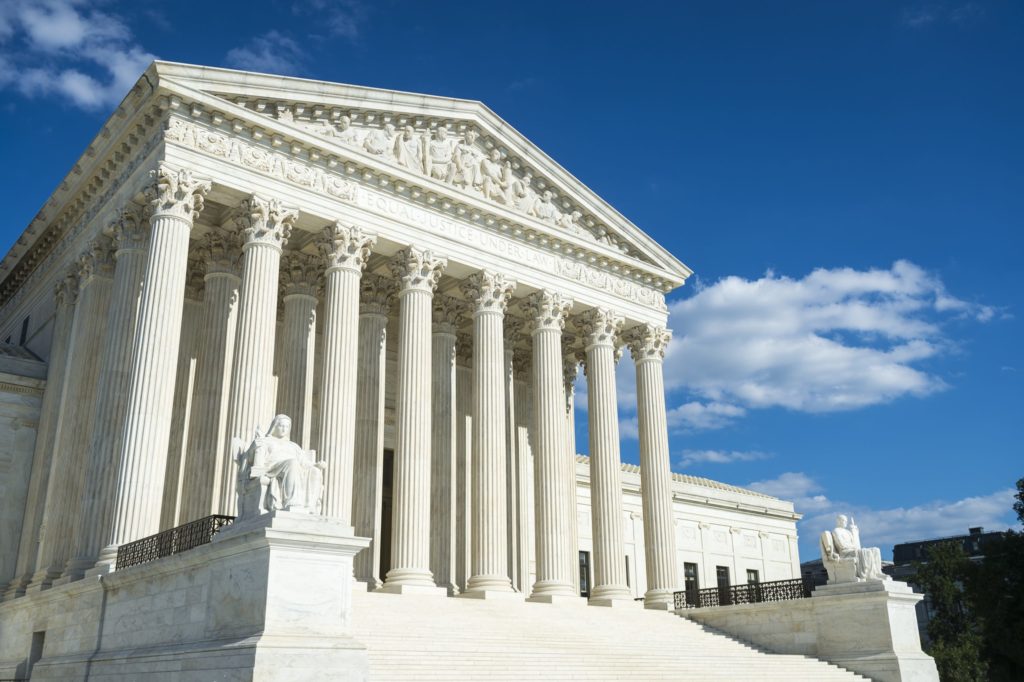Summer vacation will make you demand competition and freer markets
To sate their desire for a change of scenery, millions of prospective travelers will soon start shopping for flights to their dream destinations, but many of them will be in for a rude awakening. The dirt-cheap U.S. airfares you could find at the beginning of the pandemic are becoming rarer. Demand for flights has surged and so have their prices. But if Americans want the return of a similar level of affordability, then policymakers ought to consider regulatory reforms to the airline industry. They could start by looking at the European model where many airlines have long offered rock bottom bargains and are poised to continue to do so.
After travel screeched to a halt beginning in March 2020, consumers in the United States could buy cross-country tickets for peanuts from top-rated airlines. If customers were willing to assume the risk of traveling during a pandemic, then much of the country—and even the world—was at their fingertips for pennies on the dollar, although they had to navigate a patchwork of pandemic restrictions.
Indeed, in April 2020, USA Today exclaimed, “How cheap is it to fly this month? Almost impossibly cheap. I […] found a $35 fare from Los Angeles to Fort Lauderdale.” For a short while, this was a pretty standard fare. While there were certainly outliers, many domestic flights were tens of dollars round trip, which, given the environment, made sense.
Domestic airlines had myriad flights scheduled to crisscross the country, but their seats were largely empty. When supply far outpaces demand, prices plummet, and vice versa. Unfortunately for travelers, many of those same flights are now packed and could set you back several hundred dollars.
As Americans begin mapping out their dream itineraries for 2021, another economic lesson can be gleaned: Freer markets and increased competition generally benefit consumers, and Europe provides a clear example of this. Customers who plan to travel around Europe have a host of airline choices, with prices often cheaper than a tank of gas.
Europe has announced that it is reopening for tourism on a large scale. As I write this, there are July fares from London, England to Rome, Italy for $26 and Berlin, Germany to Kiev, Ukraine for $20 later this month. While these are cheaper than the average European airfares, it is commonplace to find intra-European flights for well under $100. Meanwhile, the average price of domestic air travel in the U.S. in early 2019 was $353.
So, how could travel within Europe possibly be this cheap with tourism ramping up—especially compared to much higher American prices? The answer is free market economists’ favorite 11-letter word: competition—and lots of it.
“The largest single reason for lower airfares in Europe is the presence of competition,” writes Chris Loh of Simple Flying. “The open skies agreements established in the European Union mean that European airlines can fly between EU countries freely.”
Indeed, Europe embraces international competition in the airline industry, even for intra-European travel. So, there are many airlines jockeying for consumers’ business. What’s more, there are other modes of transportation, including high speed rail, that strive to compete with airlines.
Europe does enjoy a little bit of a preexisting advantage too. Europe has numerous pockets of high population density and has more passengers. Thus, there’s a large customer base that’s geographically well-placed for travel, and some smaller airports are allegedly even willing to offer airlines financial inducements to fly to their corner of the globe. All of this, in effect, entices more airlines to enter the market and pursue Europeans’ business, which means that competition is fierce—driving down costs.
Meanwhile, there are fewer viable alternatives to flying in the United States, like lightning fast rail, and as The Washington Post points out, “U.S. laws prohibit foreign airlines from operating domestic flights.” This limits options and stifles competition in America, and while there are budget airlines operating in the United States, there are far fewer than in Europe. As a result, Americans are stuck with higher prices and fewer options because politicians enacted an economic protectionist framework to curtail competition.
While Americans are certainly pleased that the pandemic appears to be on the decline, they may not be so thrilled when they see the cost of their summer travel plans. As they review their options and compare prices to our European counterparts, Americans will likely begin clamoring for more competition, freer markets and responsible deregulation.







